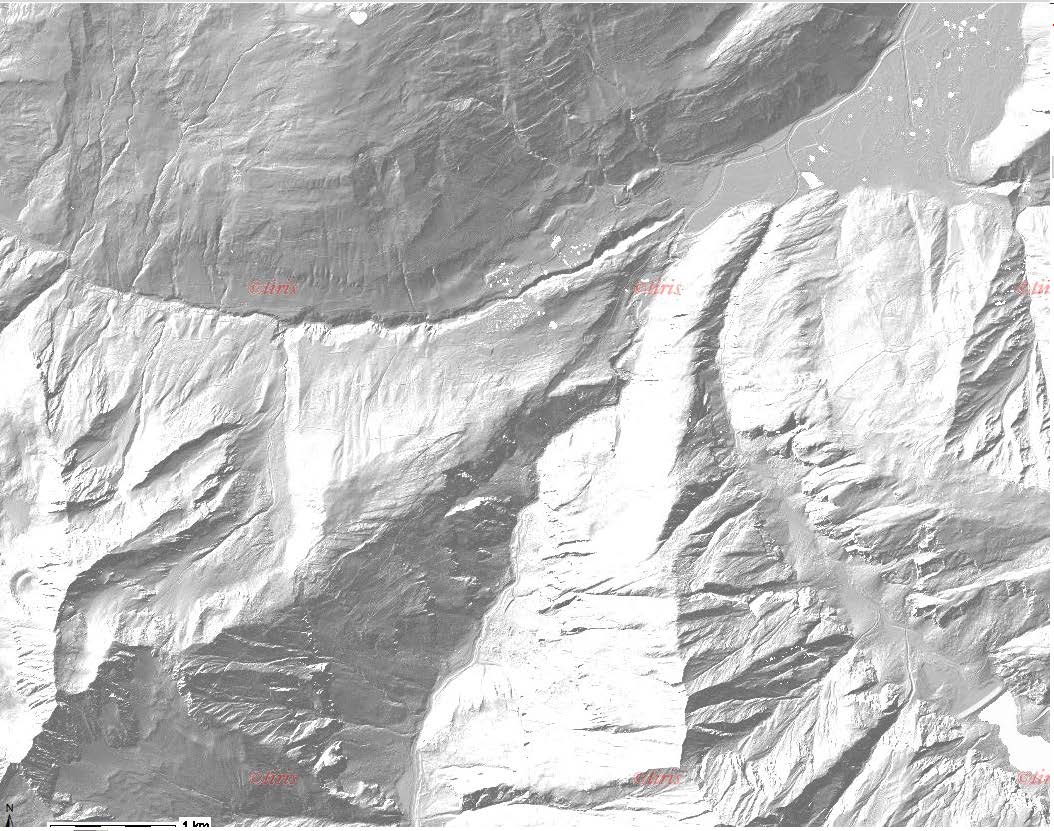Geothermal drilling in an Alpine karst aquifer and its impact on downstream springs – A case study from Finkenberg, Tyrol, Austria
DOI:
https://doi.org/10.3986/ac.v47i2-3.4963Keywords:
Pneumatic down hole hammer drilling, Borehole heat exchanger, Groundwater monitoring, Turbidity, Hochstegen FormationAbstract
A borehole heat exchanger array was installed in an Alpine karst aquifer for the first time in Europe. It is composed of nine 400 m deep boreholes in the dolomitic marble of the Hochstegen Formation. New approaches were developed for this unprecedented application and potential risks were checked throughout the sinking of the initial exploratory wellbore. As Finkenberg is located in a tourist area, drilling operations had to be executed within only a few weeks. Several springs downstream from the drilling site are sources of drinking water and tap water supply. Given that the degree and distribution of the Hochstegen Formation karstification was unknown, a spring monitoring program was mandatory in order to obtain drilling permission from public authorities. A practicable and affordable spring monitoring program including several physical and chemical parameters was developed and implemented to document the potential impact of the drilling activities on the spring water. A temporary and locally limited impact of the drilling works on groundwater quality was detected by turbidity measurements. This paper reports the implementation of geothermal drilling in a karst aquifer with a focus on karstification as well as planning, implementation and the results of the spring monitoring program. Such a program can be recommended for comparable projects or questions, adapting the characteristic parameters to be collected and the measurement intervals in consultation with the relevant authorities. It might also increase the chances of gaining approval for geothermal projects in karst and could enhance public acceptance.
Key words: Pneumatic down hole hammer drilling, Borehole heat exchanger, Groundwater monitoring, Turbidity, Hochstegen Formation.
Geotermalno vrtanje v alpskem kraškem vodonosniku in njegov vpliv na dolvodne izvire - študija primera Finkenberg, Tirolska, Avstrija
V alpskem kraškem vodonosniku je bilo prvič v Evropi vzpostavljeno polje geosond. Vključuje devet 400 m globokih vrtin, izvrtanih v dolomitnem marmorju Hochstegenove formacije. Razvili smo nove pristope za to aplikacijo brez primere in potrdili morebitna tveganja v času potopitve prvotne raziskovalne vrtine. Ker je študijsko območje Finkenberg na turističnem območju, je bilo treba opraviti vrtanje v samo nekaj tednih. Več izvirov od mesta vrtanja so viri oskrbe s pitno vodo. Glede na to, da stopnja in porazdelitev zakraselosti Hochstegenove formacije nista bili znani, je bilo treba za pridobitev dovoljenja za vrtanje nujno opazovati izvire. Da bi dokumentirali vpliv vrtanja na izvirsko vodo, je bilo pri spremljanju izvirov treba upoštevati več fizikalnih in kemijskih parametrov. Zaznali smo občasen in lokalno omejen vpliv vrtanja na kakovost podzemne vode. V prispevku smo predstavili izvajanje geotermalnega vrtanja v kraškem vodonosniku s poudarkom na identifikaciji zakraselosti ter načrtovanju ter na izvedbi in spremljanju kakovosti voda na izviru. Tak program se lahko uporabi pri primerljivih projektih ali iskanju odgovorov na podobna vprašanja s prilagojenim programom opazovanih parametrov in intervalov merjenja. Prav tako bi lahko povečal možnosti za pridobitev soglasja za geotermalne projekte na krasu in povečal ozaveščenost javnosti.
Ključne besede: vrtanje s pnevmatskim kladivom, geosonda, spremljanje podzemne vode, motnost, Hochstegenova formacija.
A borehole heat exchanger array was installed in an Alpinekarst aquifer for the first time in Europe. It is composed of nine400 m deep boreholes in the dolomitic marble of the HochstegenFormation. New approaches were developed for thisunprecedented application and potential risks were checkedthroughout the sinking of the initial exploratory wellbore. AsFinkenberg is located in a tourist area, drilling operations hadto be executed within only a few weeks. Several springs downstreamfrom the drilling site are sources of drinking water andtap water supply. Given that the degree and distribution of theHochstegen Formation karstification was unknown, a springmonitoring program was mandatory in order to obtain drillingpermission from public authorities. A practicable and affordablespring monitoring program including several physical andchemical parameters was developed and implemented to documentthe potential impact of the drilling activities on the springwater. A temporary and locally limited impact of the drillingworks on groundwater quality was detected by turbidity measurements.This paper reports the implementation of geothermaldrilling in a karst aquifer with a focus on karstification aswell as planning, implementation and the results of the springmonitoring program. Such a program can be recommended forcomparable projects or questions, adapting the characteristic
Downloads

Downloads
Published
How to Cite
Issue
Section
License
Authors guarantee that the work is their own original creation and does not infringe any statutory or common-law copyright or any proprietary right of any third party. In case of claims by third parties, authors commit their self to defend the interests of the publisher, and shall cover any potential costs.
More in: Submission chapter




